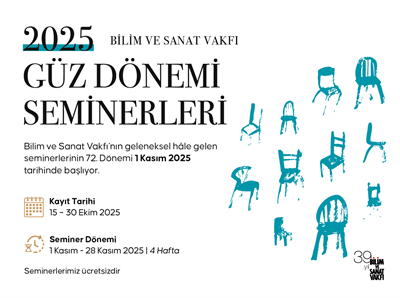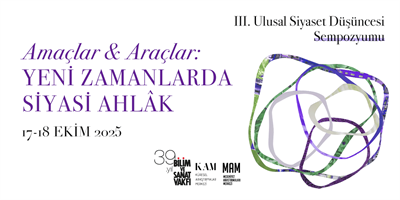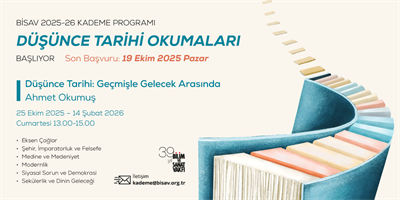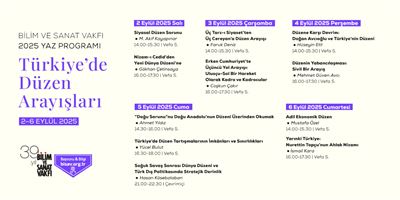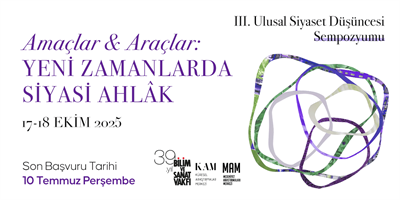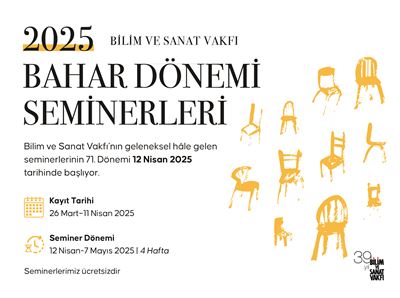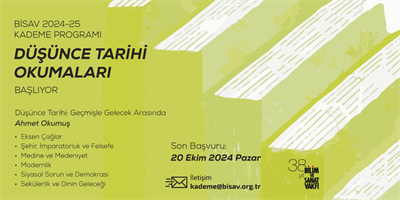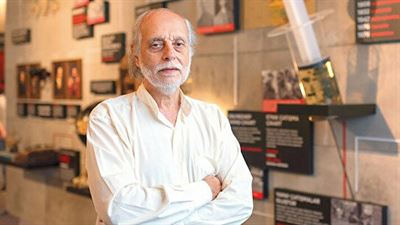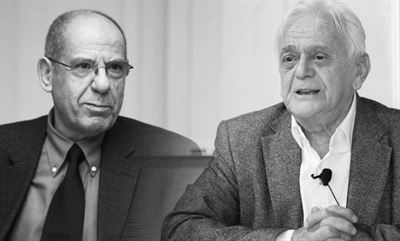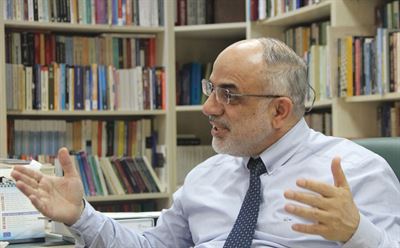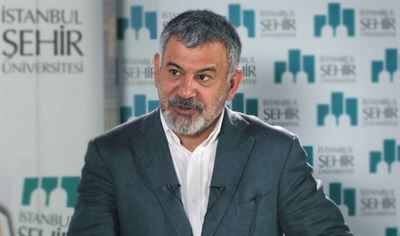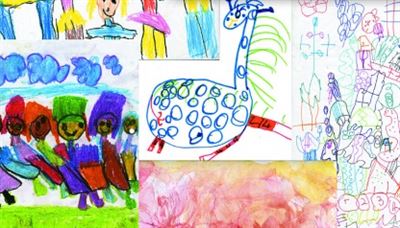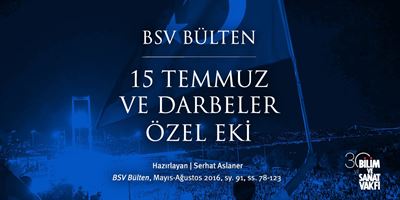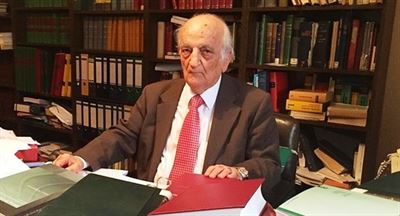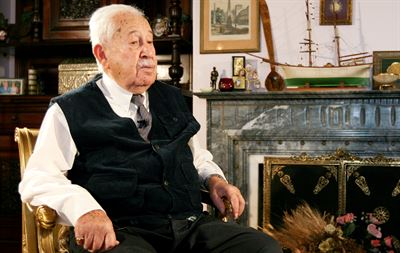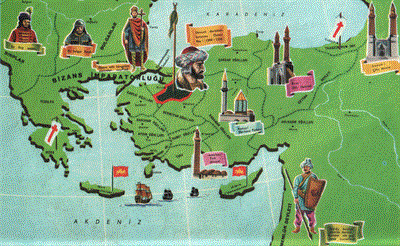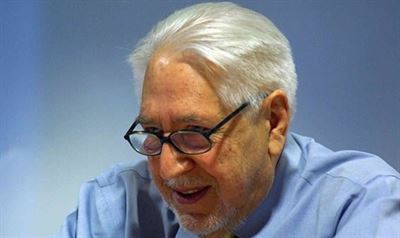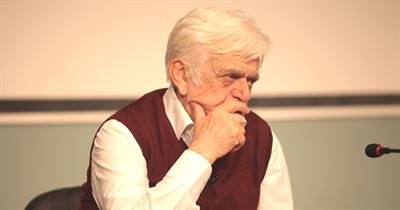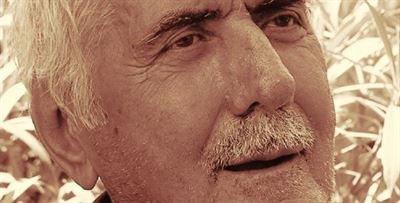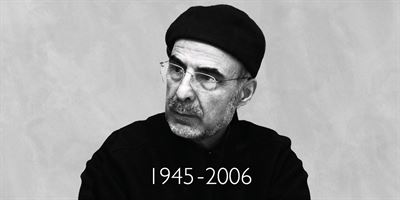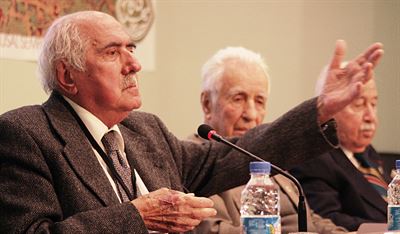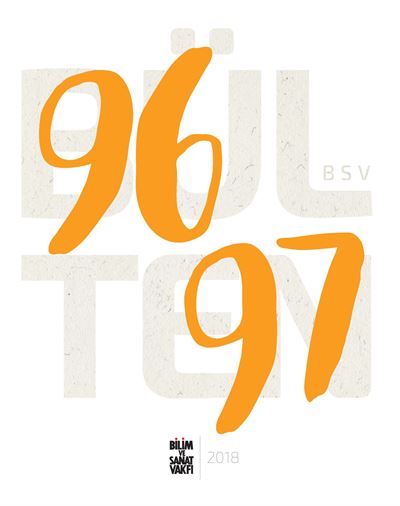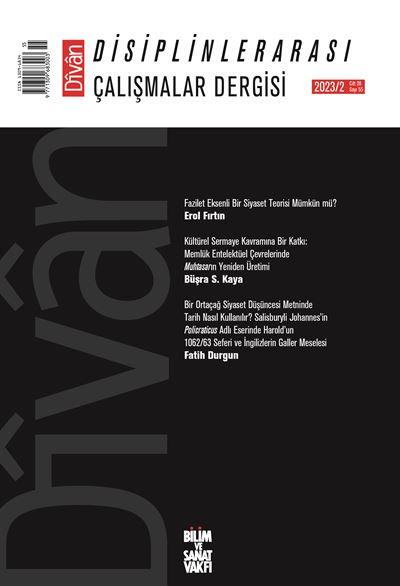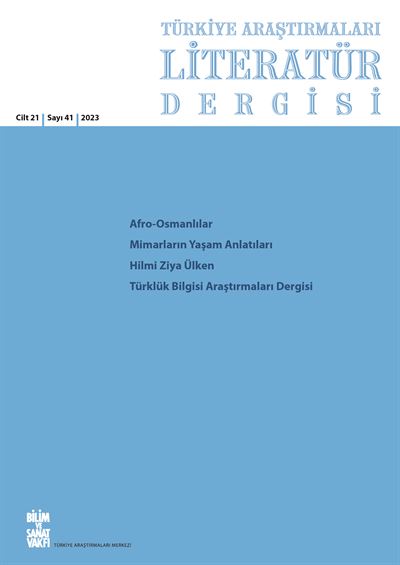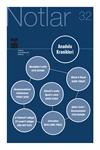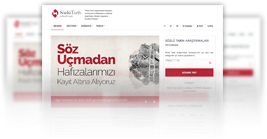
- HOME PAGE
- RESEARCH CENTERS
- MAM
- Continuity in Avicenna's Philosophy
MAM ROUNDTABLE MEETINGS
Continuity in Avicenna's Philosophy
Furkan Fidan
Saturday, November 22, 2025 1:30 PM Salon: KIRMIZI SALON
This presentation examines Avicenna’s conception of continuity on three fundamental levels—physical structure, corporeal form, and related accidents—showing how he grounds continuity within a multidimensional intellectual framework. The study argues that continuity in Avicenna’s system is not only essential for the explanation of bodies but also for the fundamental physical phenomena of motion and time. In other words, it claims that Avicenna’s natural philosophy is continuity-based both in theory and in physical structure. In the first chapter, continuity is conceptually structured in accordance with Avicenna’s understanding of physics. Through concepts considered as its precursors—such as succession, contact, and interpenetration—the definition of continuity is concretized. Continuity is defined as a unity that is potentially divisible but not actually divided. This structure plays a constitutive role both in the analysis of bodies and in their relation to motion and time. The structural parallel established among body, motion, and time demonstrates that continuity is not merely a property of magnitude but the regulative principle of the physical world. The continuity of motion depends on the continuity of distance, while the continuity of time depends on both distance and motion. Within this isomorphic structure, the continuity of motion is regarded as an accidental feature, whereas the continuity of time is understood as a necessary property. Thus, Avicenna formulates continuity as a necessary isomorphism among three fundamental concepts. The second chapter reconsiders continuity within the framework of the relationship between corporeality and matter. Corporeality is defined as a substantial form possessing the capacity to receive three dimensions. Avicenna maintains that corporeal form is not identical with actual dimensions, but rather the potency that enables their acquisition. In this context, matter necessarily requires corporeal form in order to have measure and occupy space. The relationship established between corporeal form and matter functions not only as a substrate but also as the physical ground that renders the divisibility of bodies intelligible. The third chapter discusses the continuity of concepts related to body, such as motion and time. According to Avicenna, motion is an intermediate state between potentiality and actuality, divisible into parts, and thus necessarily continuous. Avicenna contends that motion cannot have a first part, since it exists only together with divisible distance and time. Similarly, time is defined as a magnitude based on succession, and the view that it is composed of instants is rejected. The instant is merely a mental abstraction and cannot genuinely divide continuity. In conclusion, this dissertation aims to demonstrate that, in Avicenna’s thought, continuity functions as a foundational principle of natural philosophy, and that body, motion, and time can only be properly understood within the framework of continuity.
***
Furkan Fidan was born in Ankara in 1995. He graduated from the Faculty of Theology at Istanbul University in 2018. In 2020, he completed his MA at the Graduate School of Istanbul Medeniyet University with a thesis titled Infinity in Ibn Sīnā's Natural Philosophy. In 2025, he completed his doctoral studies in the same department and received his PhD with a dissertation titled Continuity in Avicenna's Philosophy. He is currently working on Ibn Sīnā’s physics and metaphysics.
İLGİLİ YUVARLAKMASALAR
SEMINARS

As the most traditonal activity of BISAV, the courses take place in every fall and spring of a year.
MORE INFO
